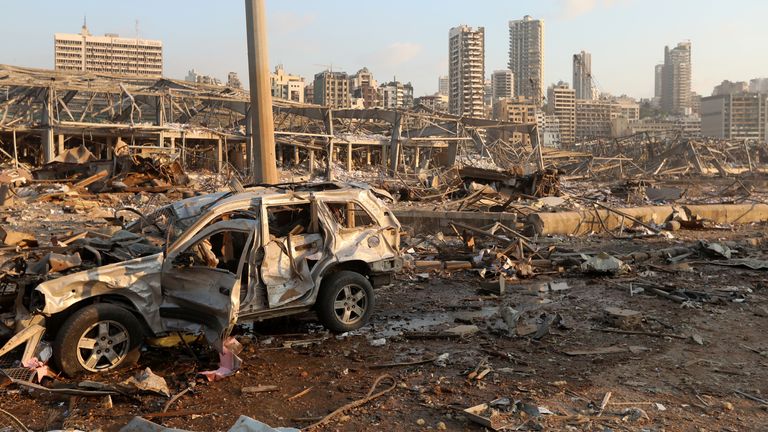
I’m no expert, but the explosion in Beirut on August 4 that has left an estimated 300,000 people homeless might not really have been from a combination of 2.7 kilotons of ammonium nitrate and fireworks accidentally ignited by a welder, as the official story suggests. It might have been a tactical nuke – compare the footage in the two videos below:
Watch the first 16 seconds of this archived footage of an early US nuclear test:
Keeping in mind we don’t know the explosive yield of the above nuclear test – which was presumably much stronger – compare to the footage of what happened in Beirut, especially between the 26-30 second marks in this video:
Detractors of the “nuke theory” say even though there was a mushroom cloud, there was no bright flash or thermal pulse. First of all, there was a bright flash, but it was obscured by an already enormous smoke cloud from the pre-existing fire. One article offered a comparison to the smallest tactical nuke ever detonated – a 20 ton equivalent (not 20 kiloton) nuke which Robert Kennedy watched in person. Yes, the flash is more obvious on this one around the 51 second mark, but again, it was detonated in the open – not set off in a building or in a smoke cloud.
Every nuclear detonation is different. Location matters, size matters, as do many other factors – and this is all a matter of degree. If this explosion in Beirut was nuclear it was a small tactical weapon less than a tenth the power of the bombs dropped on Japan in 1945. Maybe there is no easy way to tell visually. Or maybe the detractors and the official story are correct.
Ask yourself, does the Beirut area need that much fertilizer? Also consider this article discussing the blast from Scientific American, which says: “While we don’t know for sure what caused the explosion in Beirut…. It’s relatively difficult for a fire to trigger an ammonium nitrate explosion. The fire would need to be sustained and confined within the same area as the ammonium nitrate prills. Also, the prills themselves are not fuel for the fire, so they would need to be contaminated with, or packaged in, some other combustible material.” This sounds like they are saying – unless it was already mixed with other chemicals to purposefully make an explosive, the official explanation is unlikely. And I hope no one in any city anywhere, ever, thinks it’s a good idea to store 5.4 million pounds of explosives in one building downtown.
So the possibility that a tactical nuke was just used in Beirut seems worth considering. Radiation levels and cancer rates will give the real answer in the months and years ahead. Even if this wasn’t a tiny nuke, it could have been a weapons depot or other military target eliminated with a bomb of some kind. None of which makes WWIII any less likely in the near future.
